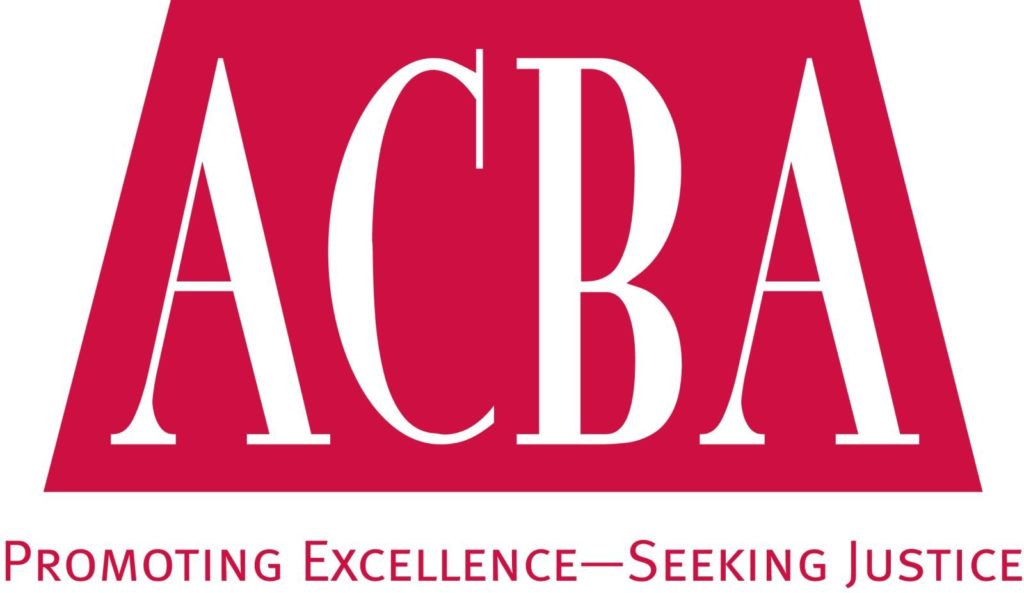The following article appeared in the August 19, 2014, Newsletter of the Superior Court of California, Alameda County. Comments should be directed to John Rudolph, Principal Analyst, at jrudolph@alameda.courts.ca.gov.
Budget Overview
The 2014-2015 Budget Act provides for a total State Budget of $156.4 billion. The judicial branch budget of $3.6 billion ($1.4 billion General Fund) represents 2.3 percent of the total State Budget, and only 1.3 percent of the General Fund.
The major provisions of the FY 14-15 judicial branch budget include:
- $86.3 million for unspecified court operations;
- $42.8 million for increases in employee health care and retirement costs;
- $30.9 million to address statewide filing fee revenue declines; and
- $15 million for a competitive grant program to support programs known to reduce recidivism.
The funding methodology for allocation of each of these 4 sources of funding to individual trial courts varies. With respect to the $86.3 million (Item A), the Workload Allocation Funding Methodology (WAFM) is used. For the allocation of benefits (Item B), each court received a proportion of its actual benefit cost increases.
Because the $30.9 million allocated to address declining filing fees (Item C) was actually $22.7 million short of the amount needed to fully offset lost revenue, the corresponding allocation is a reduction to each court’s budget, which is based not on WAFM but instead on the historical funding methodology.
Local revenues, not listed above, include payment installment fees, copy fees, court investigator fees, and child custody recommending counseling fees. New initiatives, including new online access fees and charging for copies of priors, directly augment local revenue.
Negative revenue is realized through investments in the 2% Reserve, a statutorily required trial court “emergency fund” to which 2 percent of each court’s allocation is dedicated, and the Funding Floor, which establishes a minimum level of funding for very small courts under the WAFM. Combined, these adjustments result in further reduced funding for Alameda County Superior Court totaling $1.7 million.
To reduce costs, the Court continues to operate at significantly reduced staffing levels. In the near and medium terms, fiscal prudence will require the continuation of this trend, though the Court plans limited new hirings to address critical position needs.
A “Special Project Line Item” has been included but not yet funded. This item relates to Odyssey implementation, the new courtwide case management system currently being tested and installed. Although the Court purchased the system with reserve funds, that source did not provide funding to cover the costs associated with the records destruction and imaging initiatives that will be required to convert existing case files to the Odyssey platform, as well as the hardware that will need to be purchased for implementation. As a result, the Court will need to set aside sizeable funds for these purposes during Odyssey’s 30 month implementation period.
In summary, the budget reflects a modest surplus in the current year totaling $2.465 million.
Looking ahead, under the WAFM, Alameda Court is considered a donor court. This means that, over time, Alameda Court’s share of state funding is declining as resources are being shifted to other courts in the state that have experienced significant population (and filings) growth. For FY 14-15, only 15 percent of the base allocation for the trial courts is allocated pursuant to the WAFM; in FY 15-16, this will grow to 30 percent. As a result of this negative trend on a statewide level, the Court will continue to increase its independence by focusing on local revenue and reducing costs. As noted above, one of the Court’s key cost containment strategies has been maintaining high vacancy rates, a pattern which will continue. In addition, revenue initiatives including exploration of moving some aspects of collections activity in-house, are under analysis for implementation.
